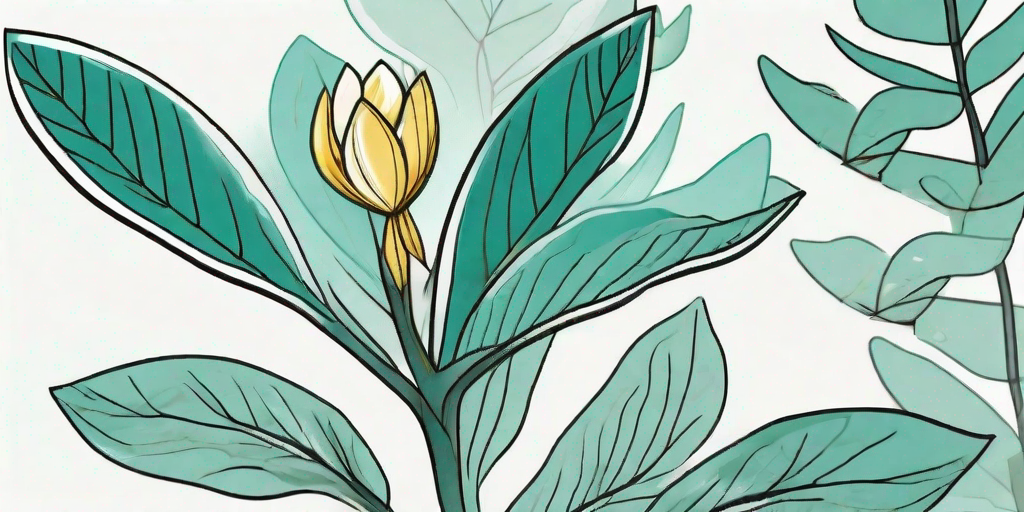
Your gardenia plant was once a vibrant, lush green, but now it's looking more like a sad, yellowing mess. Don't panic! Yellowing leaves on your gardenia plant is a common issue, but with a little bit of detective work, you can get your plant back to its former glory. Let's dive into the world of gardenia care and troubleshooting.
Understanding Gardenias
Before we start diagnosing your plant's issues, let's get to know gardenias a little better. Gardenias, also known as Cape Jasmine, are popular indoor and outdoor plants known for their intoxicatingly fragrant, white flowers and glossy, dark green leaves.
They're a bit like the divas of the plant world, requiring specific conditions to thrive. But don't let that intimidate you. With a little bit of knowledge and care, you can keep your gardenia happy and healthy.
Optimal Conditions for Gardenias
Gardenias prefer well-drained, acidic soil with a pH between 5.0 and 6.0. They love bright, indirect light and high humidity. They're not big fans of temperature fluctuations, so try to keep them in a spot where the temperature stays between 65 and 70 degrees Fahrenheit.
Watering is another crucial aspect of gardenia care. They prefer their soil to be consistently moist, but not waterlogged. Overwatering can lead to root rot, while underwatering can cause the plant to dry out.
Reasons for Yellowing Leaves
Now that we've covered the basics of gardenia care, let's get down to the nitty-gritty: why are your gardenia leaves turning yellow? There are several possible culprits, so let's go through them one by one.
Nutrient Deficiency
Iron deficiency is a common cause of yellowing leaves in gardenias. This usually occurs when the pH of the soil is too high, preventing the plant from absorbing iron. The leaves will turn yellow, but the veins will remain green.
To fix this, you can add iron chelates to the soil. You might also want to consider lowering the pH of the soil by adding sulfur or peat moss.
Overwatering or Underwatering
As we mentioned earlier, gardenias like their soil to be consistently moist. If the soil is too dry, the leaves can turn yellow and drop off. On the other hand, if the soil is too wet, the roots can suffocate and start to rot, leading to yellowing leaves.
To prevent this, make sure your gardenia is planted in well-drained soil and try to keep the soil consistently moist. If you're unsure whether your plant needs water, stick your finger about an inch into the soil. If it feels dry, it's time to water your plant.
Pests
Yes, even plants have to deal with unwanted guests. Pests like aphids, mealybugs, and spider mites can cause the leaves of your gardenia to turn yellow. You might also notice a sticky substance on the leaves or a sooty mold.
If you notice pests on your plant, you can treat it with insecticidal soap or neem oil. Make sure to isolate the plant from your other plants to prevent the pests from spreading.
FAQs
- Why are the edges of my gardenia leaves turning brown?
- This could be a sign of leaf scorch, which can be caused by too much sunlight or not enough water. Try moving your plant to a spot with less direct sunlight and make sure you're watering it regularly.
- Why are the buds on my gardenia falling off before they bloom?
- This is often caused by a sudden change in temperature or humidity. Try to keep your plant in a spot where the temperature and humidity levels are consistent.
- Why are the leaves on my gardenia turning black?
- This could be a sign of sooty mold, which is often caused by pests. Check your plant for pests and treat as necessary.
Final Thoughts
Yellowing leaves on your gardenia plant can be a cause for concern, but with a little bit of detective work and care, you can get your plant back to its vibrant, healthy self. Remember, gardenias are a bit like divas: they require specific conditions to thrive. But once you've got those conditions nailed down, you'll be rewarded with a beautiful, fragrant plant that's sure to be the star of your garden or home.
So, don your detective hat, roll up your sleeves, and get ready to dive into the world of gardenia care. Your plant will thank you for it!















